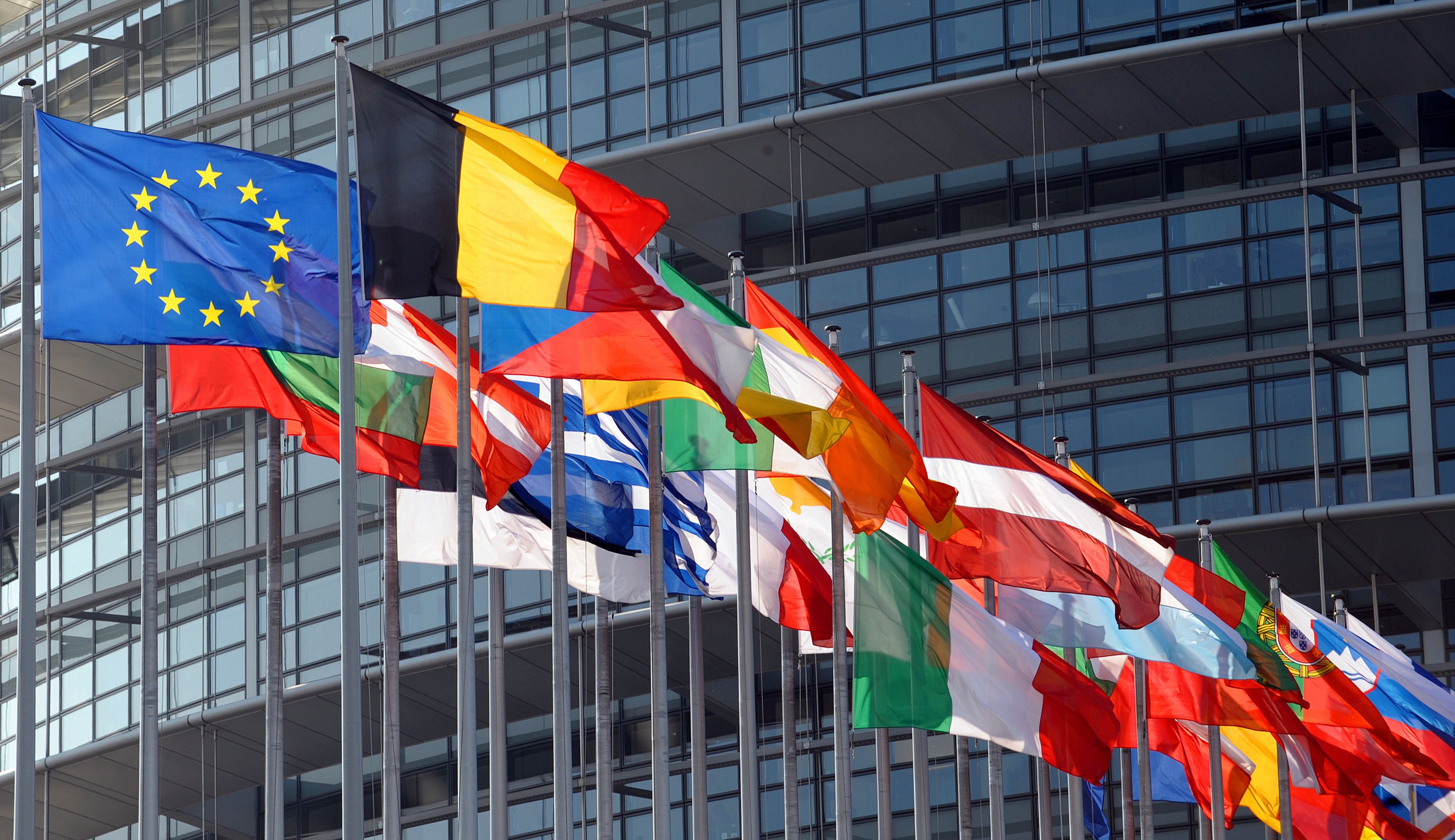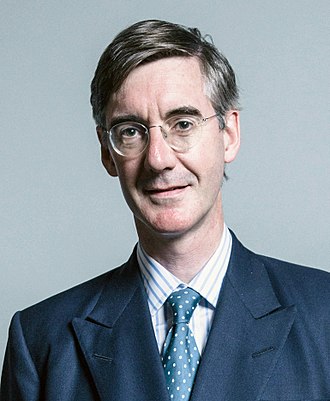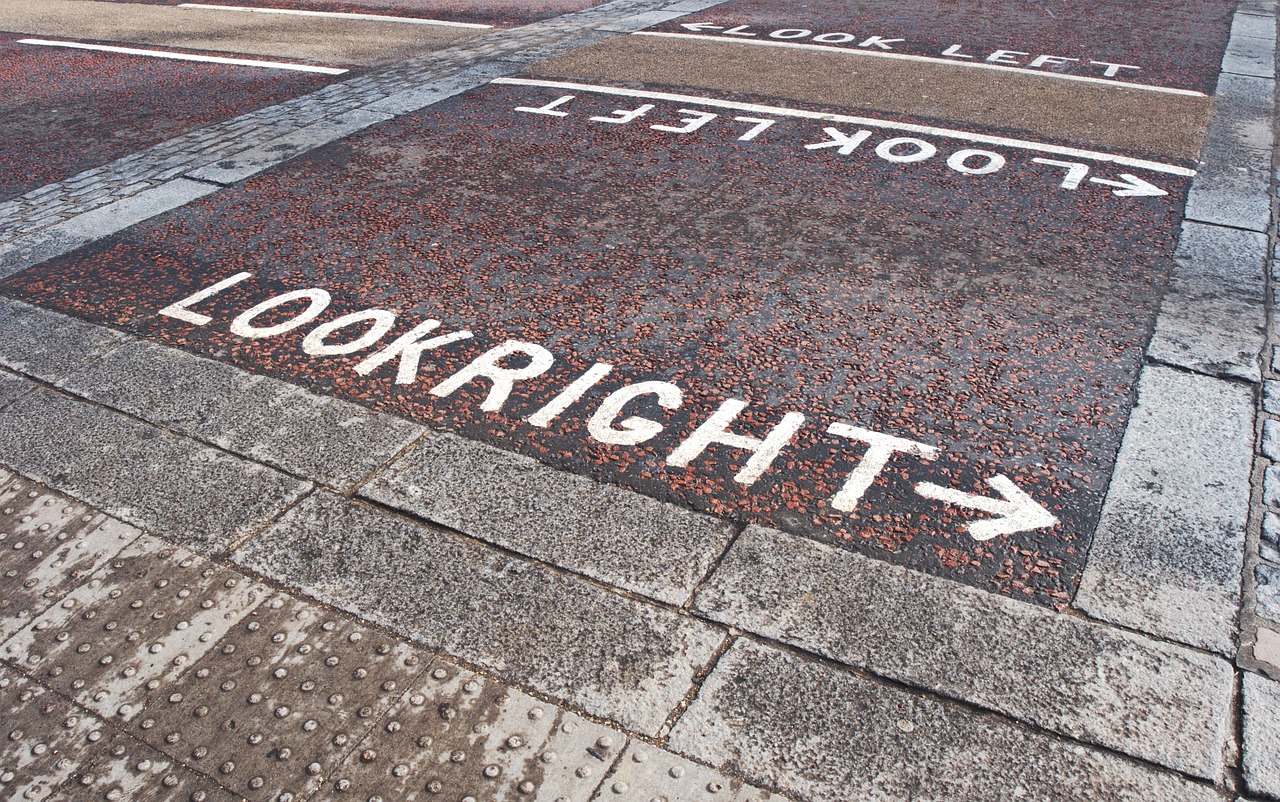Could Jacob Rees-Mogg become Prime Minister? Incredibly, it’s possible.
According to some of the bookies, Jacob Rees-Mogg is now the…
By Robert Taylor on the November 17th, 2017

Why do politicians paint such pictures? Because they work.
They can swing a closely fought campaign, just as they did last year’s general election.
Then, Cameron’s most effective metaphor was a plea not to hand the keys back to the people who crashed the car in the first place, and he castigated Labour for not fixing the roof while the sun was shining.
Defence Secretary Michael Fallon then planted in our minds the idea that Ed Miliband had stabbed his brother in the back.
Ruthless? Yes. Effective? Very.
Labour lost, at least in part, because it failed to counter with such visceral images of its own. However, a generation ago it won this battle of images with its devastatingly effective “For the many not the few”, and John Major’s government never escaped Tony Blair’s merciless reminders of Tory sleaze.
Even the royals got in on the act in the 90s, with Princess Diana telling the nation: “There were three of us in this marriage, so it was quite crowded.”
Images offer visual shorthand, and they act like dynamite. My earliest memory of elections is Margaret Thatcher’s first victory in 1979.
The defining soundbite that year was “Labour isn’t working”, but what brought it to life was the poster of hundreds of people snaking into the distance in a seemingly never-ending dole queue.
A party political broadcast of the time left an even stronger impression on me: a track race between western countries, with two British runners slowed to a crawl by black weights hung around their necks bearing the word ‘inflation’.
Once free of the weights, they raced ahead of the field. I remember it as if it were yesterday. That’s what good mind pictures do: they stick.
In fact, mind pictures are so effective that leaders can be brought to their knees even by ones they create themselves.
Richard Nixon unwisely told America “I am not a crook” – yet “crook” is such a repellent word that he has, ironically, been associated with it ever since. “I am honest” might have been better, even if events disproved it.
And Thatcher was castigated for warning that Britain could be swamped by immigrants.
Recently, the best mind pictures have been negative, not positive – they negatively portray an opposing campaign. That’s also true of this referendum campaign.
But imagine if one side could paint a positive picture too? It could make all the difference between a leap into the dark and a stride into the light.
This column first appeared in PR Week
March 2nd, 2016

According to some of the bookies, Jacob Rees-Mogg is now the…
By Robert Taylor on the November 17th, 2017

Endless repetition makes journalists groan and moan – but it really does work
By Robert Taylor on the May 10th, 2017